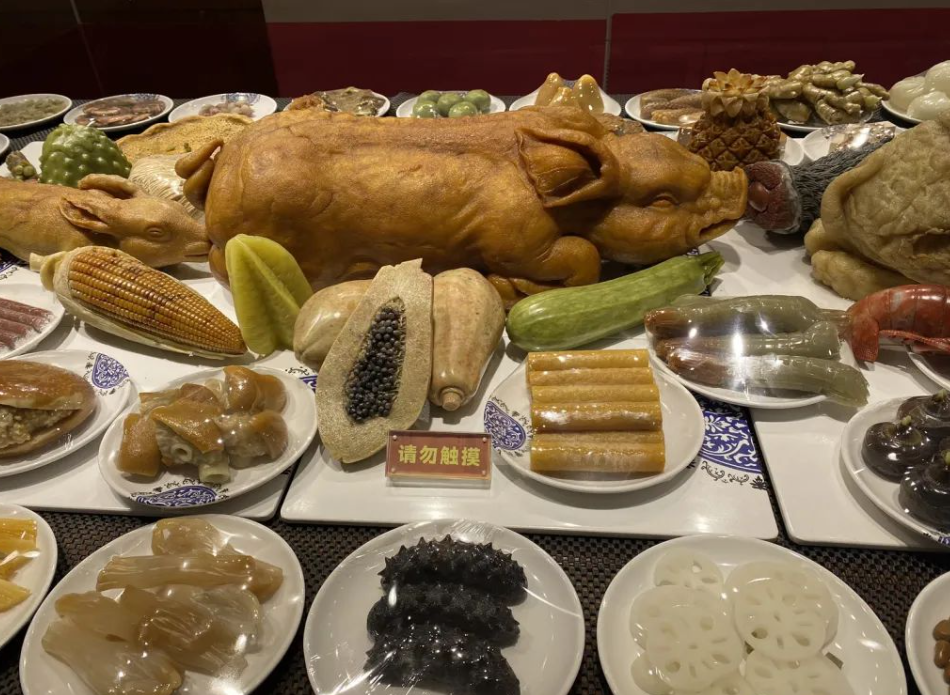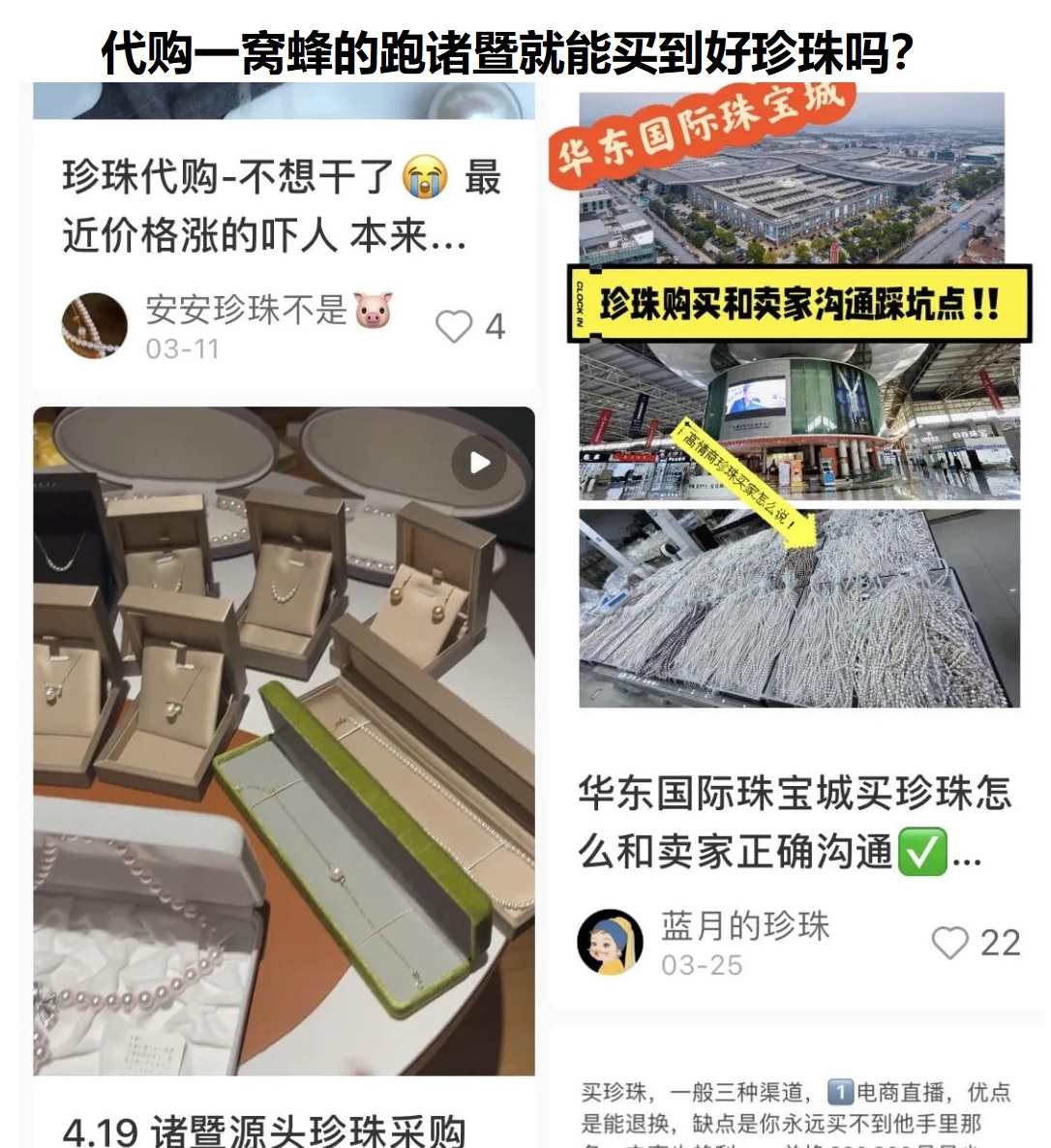
What is traceability consumption? Consumers like to purchase and consume products from the source. That is to cross the levels of retailers, distributors, and general agents (wholesalers) and directly consume at upstream product distribution centers.

Traceable consumption has led to a boom in gold and jewelry purchasing: Shenzhen Shuibei Gold Shopping is booming, Henan Shifosi Jade Shopping Live is booming, Sri Lanka's gemstone mines are flooded with many professional jewelry buyers (claiming to customize gemstones for users), Zhuji Shanxiahu Pearl Shopping is booming... Many veteran cultural and jade players no longer go to the antique city to search for goods but switch to Suzhou, and a few people go to Suzhou together, Play a shopping trip at the jade market.
How to view this phenomenon? Will this phenomenon persist?
In the era of intelligent commerce, everyone is self media, accelerating information transmission; In order to compete for traffic, online platforms such as Tmall JD Taobao, Tiktok and Xiaohongshu have consciously or unconsciously launched the function of "one picture price comparison", which makes it easier for users to compare prices. These technical means have effectively leveled the peak of information gap.
In the past, the entire jewelry industry made a lot of money due to information gaps. How do brands and gold stores respond when the peak information gap gradually flattens out?
My viewpoint is that the peak of information asymmetry can be gradually erased, but information cannot always be symmetrical. This is also the jargon 'from Nanjing to Beijing, what you buy is not as good as what you sell', and this shrewdness is due to poor information.
The direction of brand response is simple and rough: continue to create new information gaps. How to create new information gaps? One is the lack of information on using new processes to develop new products and manufacturing new processes; The second is to develop high-end products and utilize poor information in design or artistic manufacturing; The third is to use a combination of multiple materials to create information gaps due to the difficulty of comparing prices for multiple materials. This year, there is a trend for Duobao skewers and the ancient method of burning blue gold. The former is due to the difficulty in comparing prices due to manufacturing multiple materials, while the latter is due to the poor information in manufacturing new processes.
The direction of Jindian's response can be simple, rough, or refined. Simple and crude means creating or launching one's own existing brand, creating a affordable brand (that is, conforming to users' traceability of consumption). Of course, building an affordable brand requires a 'total cost leading moat' and brand positioning, which is an operation in the field of brand marketing. If there is a lack of a certain foundation of private domain clients and a professional team, the probability of success is low.
Another way for Jindian to cope is to create value on the server and earn money for services, rather than money due to poor information. There are also two methods here:
The first method is to carry out user relationship management and create a fan festival. That is to say, your service can surpass your competitors, sincerely serve users, and compare foolishness with users instead of playing tricks. Isn't Hai Di Lao, Fat Dong Lai, and Reputation Building just providing better service, comparing themselves to others, and getting super rewards for being foolish with users?
Nowadays, there are N franchisees for each brand in the retail terminal market. If you want to compete and win, you can only make efforts in service. Consumers are willing to pay for services, which are emotional experiences and the most effective means of value creation for businesses.
The second type: not earning profit from product price differences, but earning membership fees. For example, Costco in the United States (now translated as a market opener), such as Wal Mart Walmart+membership service and Amazon Prime membership service, basically profit comes from membership service fees, and the product price is only the purchase price plus taxes, without profit.
Of course, these are all fast moving consumer goods with a relatively high repurchase rate. The repurchase rate in the gold and jewelry industry is relatively low, and it remains to be discussed whether this approach can be adopted. But I believe that those who want to build their own affordable brands can start with affordable gold. Gold does not make money (you must pay a membership fee to qualify for purchase), and one is to earn service fees and the other is to earn profits from jewelry. Gold is a price anchor, proving that private brand prices are very affordable [creating brand awareness].
You should know that Costco not only has supermarkets, but also offers affordable products such as fresh and daily necessities, as well as home textiles/furniture/furniture, hardware tools/storage supplies, gardening supplies, books, sports goods, car department stores, tire repair centers, optical glasses departments, hearing centers, and gas stations abroad. Derived from fast-moving consumer goods to slow-moving goods. Similarly, China's Pangdonglai service covers various fields such as department stores, supermarkets, home appliances, and pharmaceuticals, providing services according to the needs of users.
Can the traceability consumption of gold and jewelry be sustainable?
I think it depends on the reactions of various elements in the industrial chain. If top brands continue to create new information gaps (such as monopolizing product supply chains or developing high-end products along high-end routes), in other words: top brands are moving towards super brands. This craze will gradually fade, but it will still become affordable brands for some regional giants to meet the consumption needs of different groups.
At present, the concentration ratio war in the jewelry industry will take 2-3 years, and the concentration ratio war will inevitably be accompanied by a price war. In addition, the super capacity of upstream factories is forced to be cleared, and it is difficult for leading brands to monopolize the product supply chain in a short time. Therefore, the strategic window of opportunity for creating affordable brands is 2-3 years.
Jewelry purchasing requires professional knowledge, and those who make fake purchases (recognized by users) and unprofessional purchases (cut chives by raw material merchants) will exit the market. But gold purchasing does not require much professional knowledge, and an obvious conclusion is that gold purchasing will still be popular.
To summarize:
1. Traceable consumption will continue for 1-2 years, and the brand's response is to use new processes or combinations of new materials to create new information gaps; Or advance towards the shaping of super brands;
2. The response of Jindian: either upgrade the service and make money by relying on the service; Either follow the trend of traceable consumption, create a self owned affordable brand (with the help of gold categories), and earn money through jewelry categories.
3. The strategic window of opportunity for building private affordable brands may only last for two years.
4. Whether it is an individual or an enterprise, it is now a window of opportunity (retail enterprises also have the opportunity to make their own brands) to make steady profits as gold purchasing agents; If you are not a professional player, do not become a jewelry purchasing agent, otherwise you may be easily cut off.
In short, in the era of consumer sovereignty, brands or businesses need to make money by either monopolizing product manufacturing information gaps or creating service barriers, relying on consumer support to make money!
